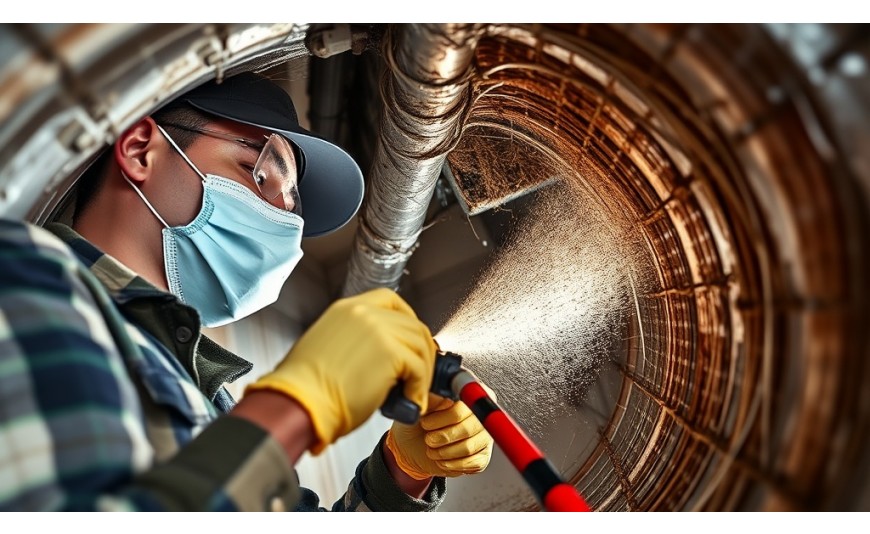
Hello, dear readers! Welcome to another enlightening blog post where we dive deep into a subject that affects us all but often goes unnoticed—air quality. Today, we're going to explore how to safely remove bacteria and mold from air ducts. This topic is not only crucial for maintaining a healthy living environment but also for ensuring the efficiency of your HVAC systems.
Understanding the Basics
Before we jump into the nitty-gritty of removing these pesky intruders, let's first understand what bacteria and mold are, how they end up in your air ducts, and why it's vital to address this issue.
What Are Bacteria and Mold?
Bacteria are microscopic single-celled organisms that can be found almost everywhere on Earth. While many bacteria are harmless or even beneficial, some can cause diseases.
Mold, on the other hand, is a type of fungus that grows in multi-cellular filaments known as hyphae. Mold thrives in damp, warm environments and can produce allergens, irritants, and sometimes toxic substances.
How Do They End Up in Air Ducts?
Air ducts are part of your home's ventilation system, responsible for circulating air from your heating and cooling systems into and out of each room. Over time, dust, debris, moisture, and organic material can accumulate in these ducts, creating an ideal breeding ground for bacteria and mold.
Why Is It Important to Remove Them?
- Health Risks: Prolonged exposure to mold and bacteria can lead to respiratory issues, allergies, and other health problems.
- System Efficiency: Clogged ducts can reduce the efficiency of your HVAC system, increasing energy bills.
- Air Quality: Clean air ducts mean cleaner air circulating through your home, enhancing indoor air quality.
A Historical Perspective
The awareness of indoor air quality has evolved over the years. In the early 20th century, the main focus was on ventilation to prevent the spread of diseases like tuberculosis. With advancements in technology and research, the mid-20th century saw a shift towards understanding the impact of mold and bacteria on health.
The 1970s energy crisis led to more tightly sealed buildings to conserve energy, inadvertently creating environments with poor air circulation, ideal for mold growth. This prompted studies and regulations focusing on indoor air quality, including the development of HVAC standards.
Current Trends in Air Duct Cleaning
Fast forward to today, and air duct cleaning has become more sophisticated. Here are some current trends:
- Green Cleaning Products: Eco-friendly cleaning products are gaining popularity as they are safer for both humans and the environment.
- Advanced Filtration Systems: High-efficiency particulate air (HEPA) filters and ultraviolet (UV) lights are being used to trap and kill bacteria and mold spores.
- Smart HVAC Systems: Modern systems come with sensors that monitor air quality and alert homeowners when cleaning is needed.
How to Remove Bacteria & Mold Safely
Now, let's get to the heart of the matter—how to effectively and safely remove bacteria and mold from your air ducts.
Step 1: Assessment
Before diving into cleaning, assess the situation to understand the extent of the problem.
- Visual Inspection: Look for visible signs of mold around air vents and ducts.
- Odor Check: A musty smell is often indicative of mold growth.
- Professional Testing: Consider hiring a professional to test for mold and bacteria levels.
Step 2: Gather the Right Tools and Materials
You'll need the following:
- Protective Gear: Gloves, masks, and goggles to protect yourself from spores.
- Cleaning Supplies: Brushes, rags, and a vacuum with a HEPA filter.
- Disinfectants: Use EPA-approved disinfectants that are effective against mold and bacteria.
Step 3: Turn Off HVAC System
Ensure the HVAC system is turned off to prevent the spread of spores during cleaning.
Step 4: Cleaning the Air Ducts
DIY Cleaning
If you choose to do it yourself, follow these steps:
- Remove and Clean Vent Covers: Unscrew and wash vent covers with soap and water.
- Vacuum the Ducts: Use a vacuum with a HEPA filter to remove dust and debris.
- Brush Cleaning: Use a brush to scrub the inside of the ducts.
- Disinfect: Apply the disinfectant to kill any remaining bacteria and mold spores.
Professional Cleaning
For a thorough cleaning, especially in severe cases, hire a professional service. They use specialized equipment like rotary brushes and high-powered vacuums to clean the ducts.
Step 5: Preventing Future Growth
Once your air ducts are clean, take steps to prevent future mold and bacteria growth:
- Regular Maintenance: Schedule regular inspections and cleanings.
- Control Humidity: Use dehumidifiers to keep indoor humidity below 60%.
- Seal Leaks: Repair any leaks in the duct system to prevent moisture buildup.
- Upgrade Filters: Use high-quality filters and replace them regularly.
Real-World Scenarios
Let's look at some real-world scenarios to illustrate the importance of cleaning air ducts.
Scenario 1: The Allergy-Prone Family
The Johnsons noticed their allergies worsening. After inspecting their home, they discovered mold in the air ducts. Post-cleaning, their symptoms improved dramatically, highlighting the impact of clean air on health.
Scenario 2: The Energy Saver
Mr. Smith was baffled by his rising energy bills. A professional inspection revealed clogged ducts. After cleaning, not only did his bills decrease, but his HVAC system's performance also improved.
Future Implications
As awareness of indoor air quality continues to grow, expect further innovations in air duct cleaning. From AI-based monitoring systems to more advanced filtration technologies, the future promises more efficient and safer ways to maintain clean air in our homes.
Conclusion
Removing bacteria and mold from air ducts is more than just a cleaning task; it's an investment in your health and home efficiency. Whether you choose to do it yourself or hire a professional, understanding the process and taking preventive measures can significantly improve your indoor air quality.
Remember, a clean home is a healthy home. Don't let hidden mold and bacteria compromise your well-being. Take charge of your air quality today!
Thank you for joining me on this journey to a cleaner, healthier home. If you have any tips or experiences to share, feel free to leave a comment below. Until next time, breathe easy!


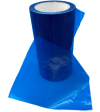
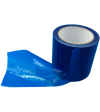
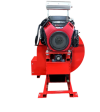
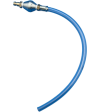

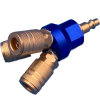
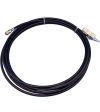



Write a comment